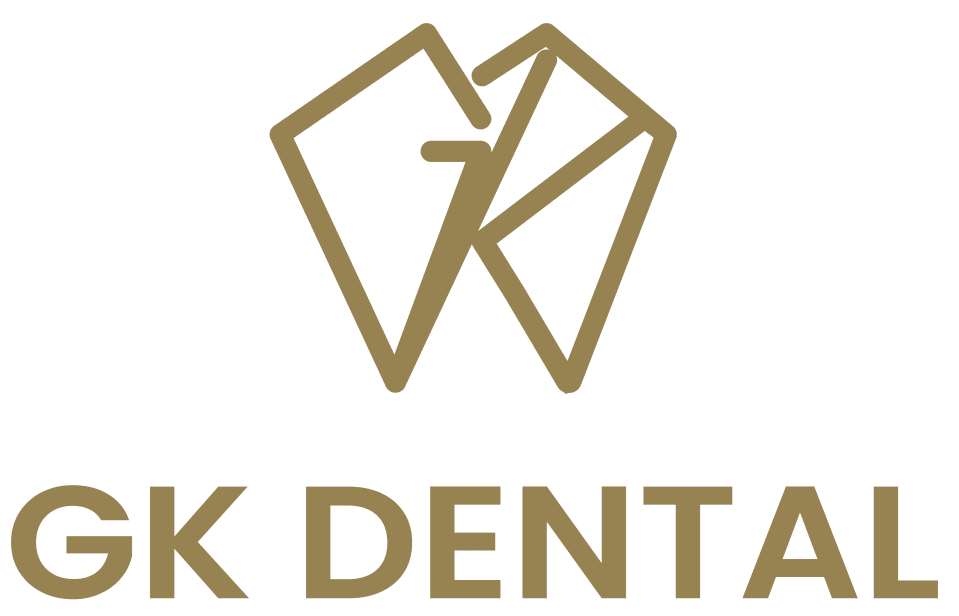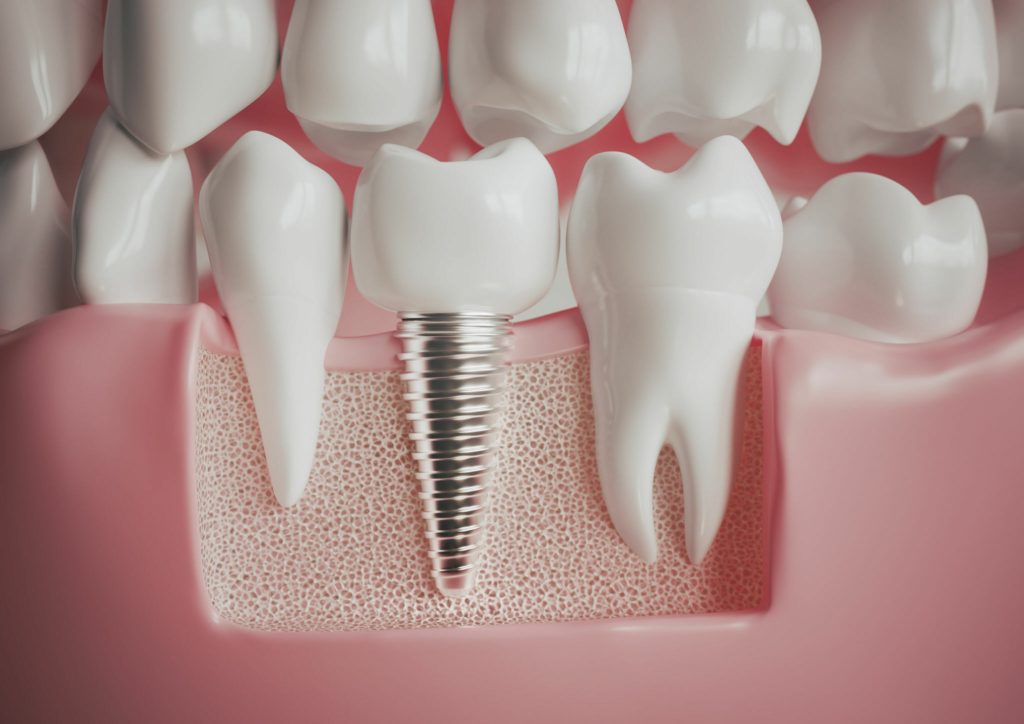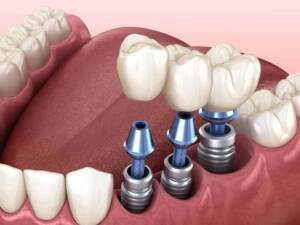Introduction
When it comes to restoring a full arch of missing teeth, options like All on 4 and All on 6 dental implants have gained popularity as efficient and effective solutions. Both techniques offer unique advantages and considerations, making it essential to weigh their pros and cons before making a decision. In this article, we will delve into the benefits and drawbacks of All on 4 and All on 6 dental implant approaches. By understanding these factors, you can make an informed choice that aligns with your oral health needs and preferences.
Understanding All on 4 and All on 6 Dental Implants
Both All on 4 and All on 6 dental implant techniques involve the strategic placement of dental implants to support a full arch of prosthetic teeth. The main difference lies in the number of implants used – All on 4 employs four implants per arch, while All on 6 uses six implants.
The Pros of All on 4 Dental Implants
Fewer Implants:
All on 4 requires fewer implants, which can lead to a quicker procedure and potentially reduced costs.
Immediate Functionality:
In many cases, temporary teeth can be attached on the same day as the surgery, providing immediate aesthetics and functionality.
Preserved Bone:
The strategic placement of implants can help preserve bone density in the jaw.
Cost-Effectiveness:
Due to the lower implant count, All on 4 can be more cost-effective than some other options.
The Cons of All on 4 Dental Implants
Less Stability:
With only four implants, All on 4 might provide slightly less stability compared to All on 6.
Load Distribution:
Fewer implants mean that the load of chewing and biting is distributed among a smaller number of implants.
The Pros of All on 6 Dental Implants
Enhanced Stability:
With six implants, All on 6 provides increased stability, especially for those with more complex cases.
Better Load Distribution:
The additional implants offer improved load distribution, potentially reducing stress on individual implants.
The Cons of All on 6 Dental Implants
Longer Procedure:
The placement of six implants might require a longer procedure and recovery time.
Potential for Higher Costs:
Due to the increased number of implants, All on 6 might have higher overall costs.
Choosing Between All on 4 and All on 6 Dental Implants
- Consider Your Case: Your oral health condition and the state of your jawbone can influence whether All on 4 or All on 6 is a better fit.
- Stability vs. Speed: If you prioritize immediate functionality, All on 4 might be more suitable. If stability is your main concern, All on 6 could be the better choice.
Conclusion
The decision between All on 4 and All on 6 dental implants depends on your individual needs and preferences. Both techniques offer advantages and disadvantages that should be carefully weighed. Consulting with a qualified dentist from GKDental Hawick is crucial to determine which approach aligns with your oral health goals, ensuring you achieve a restored smile that suits your lifestyle.





